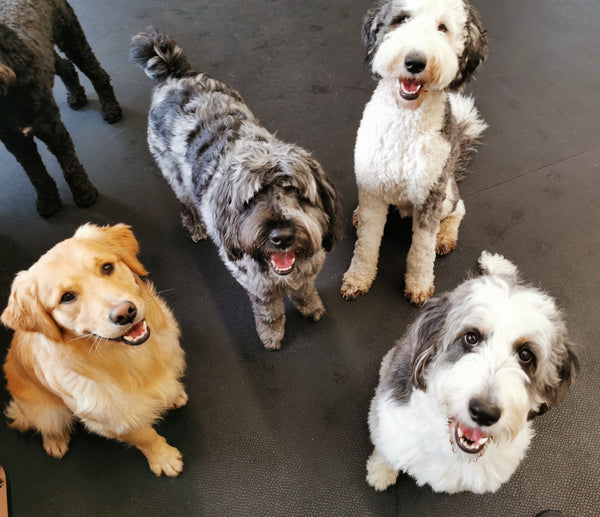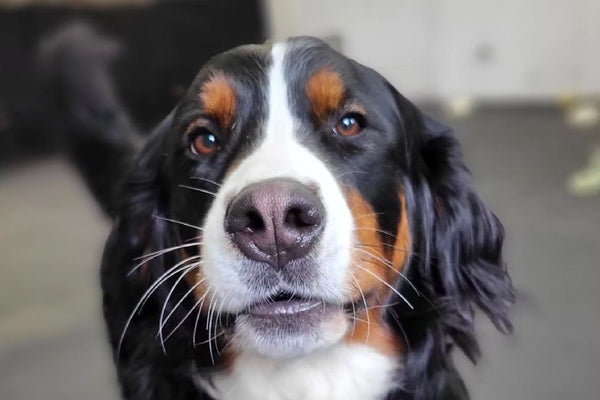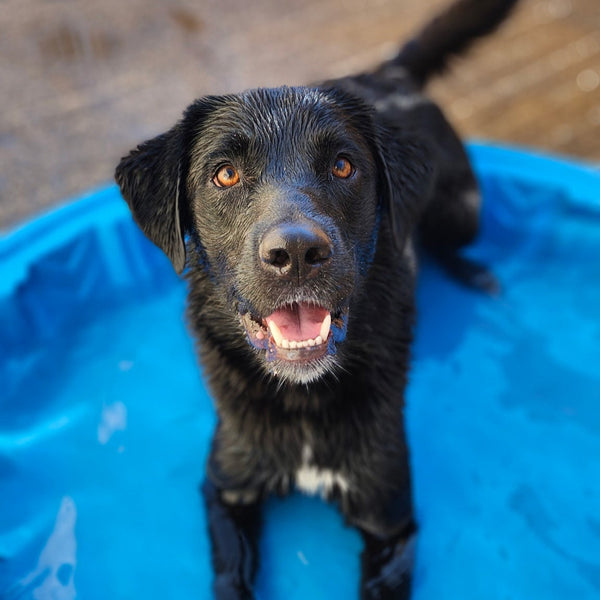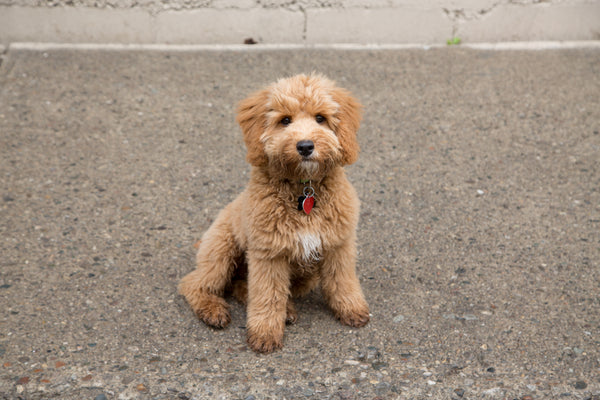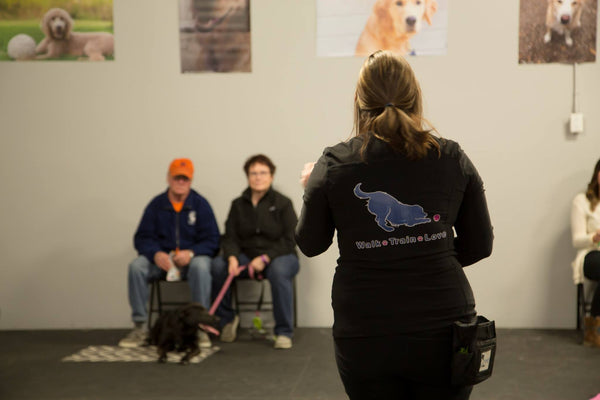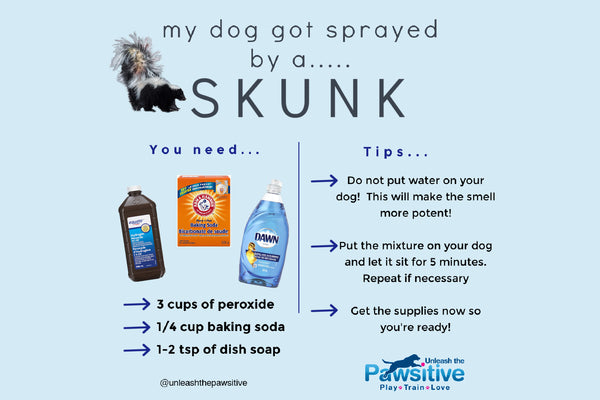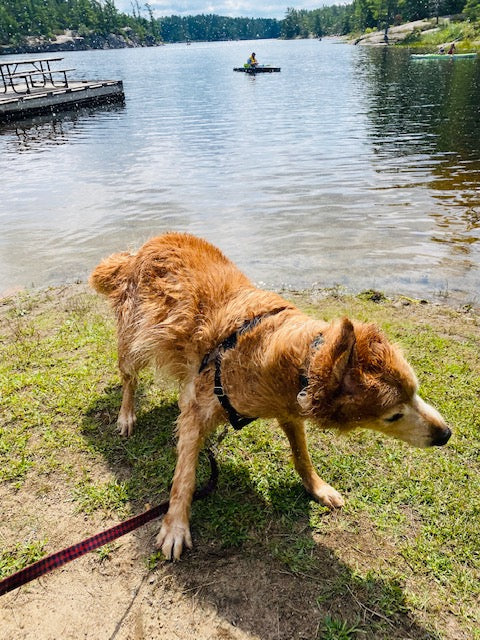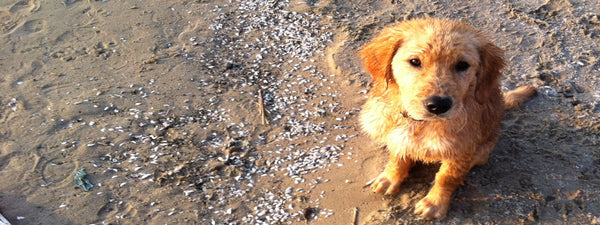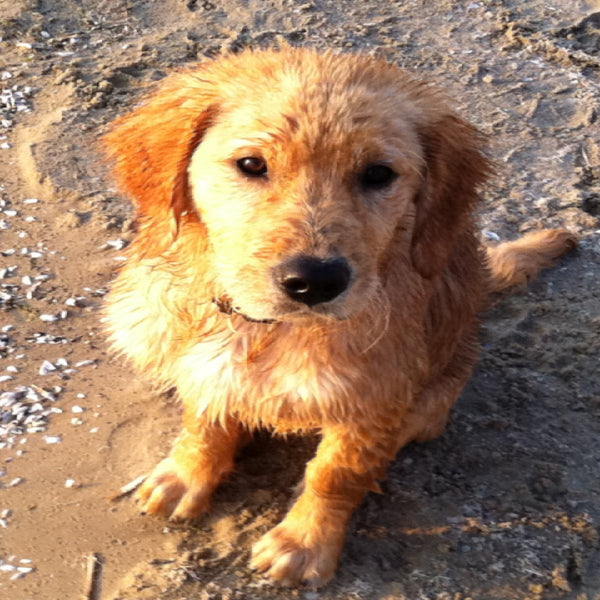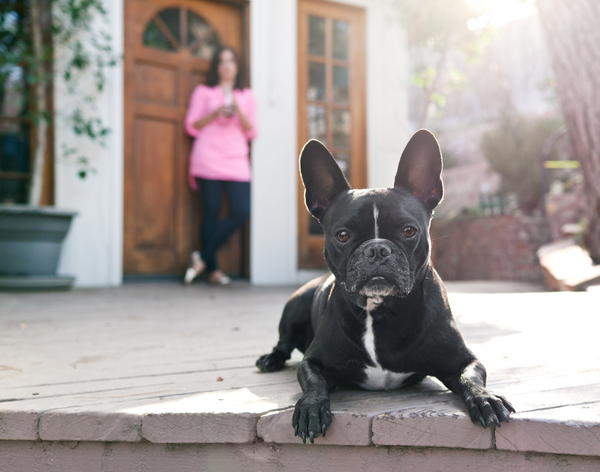
Essential Training Tips for Outdoor Adventures with Your Dog
Summertime is here, and that means a plethora of outdoor adventures await!
But few things can make a fun summer outing less enjoyable than having to worry about your dog’s lack of training. Imagine this - you’re out on a hike with your dog at an off-leash dog park when your dog spots a squirrel and goes bounding after them. You call your pet’s name to try to get them to come back, but nothing. You try again, and they continue to ignore you and chase after the squirrel even faster. Ugh!
Basic training commands like sit, stay, heel, come, and leave it are paramount to preventing instances like this from occurring. Teaching your dog basic training skills is an easy way to make your outdoor activities and adventures more enjoyable for both of you and also helps to ensure your dog stays safe while out on the trail.
Not to fear, we’ve compiled our essential outdoor adventure training tips so you can prevent the above scenario from happening to you and ruining your perfect outdoor day with your furry best friend.
Recall Training Tips
Recall training is one of the most important things you can teach your dog. Understanding recall commands helps to keep your dog safe even in the most stressful situations. Whether your dog is chasing a bunny on the trail or running up to greet another dog, teaching your dog to obey recall commands allows you to maintain control over your dog. It can also prevent them from dangerous situations like dog fights or running into traffic.
How to teach recall:
1. Choose a recall cue
The first step in training recall is picking a recall cue. This can be a word like “come” or “here”. You’ll use this word to call your dog towards you. Make sure to say it in a high-pitched, excited voice! (Bring out your inner teenager at a Justin Bieber concert!! 😉) Once you have this word set, make sure to stick with it so you don’t confuse your dog. When your dog comes over to you, make sure to praise them right away with a high-pitched, positive command, a treat, or both.
2. Start with short distances
To keep both you and your dog from getting frustrated, when you first begin practicing the recall command, start with your dog a few feet away from you (a long line leash is highly recommended!). This helps them to learn the command and associate their success with their reward, like a yummy treat! Make sure to treat often (we say a minimum of 10 treats every time they come) and with lots of excited praise. Once your pup has short distances nailed, you can move on to longer distances. Keep up the praise and good work!
3. Use high-value treats
When training for the recall cue, high-value treats are your best friend (hint, the stinkier the better)! Use these treats only for training sessions so your pup is especially excited and ready to work hard. We love Pure Bites’ Dehydrated Cheddar Cheese treats and Green Juju’s Freeze Dried Bison Liver Trainers for our recall training sessions. Make sure to reduce your pet’s food appropriately if you’re using a fair amount of training treats to prevent overfeeding.
4. Begin in a calm environment
When first beginning recall training, make sure you hold your training sessions in a calm and quiet environment with minimal distractions. This will help your dog focus on you and listen to your vocal cues and body language. As your pup gets more familiar with practicing, you can increase the amount of distractions around you. Maybe you move to a park with more people and dogs around or in a field where there are hikers and wildlife around. Practicing with distractions will also increase your chances of success when using this command outside of training sessions. Don’t forget that long line leash when increasing your distractions!

5. Be consistent (and patient) and Practice often
The key to being successful with recall training is to be patient and practice consistently. Even a 5-10 minute training session can be beneficial for your dog’s training memory. Try to practice 2-3 times a week to help solidify the recall command. Also, keep in mind that some days will be off days and that’s okay! Dogs have bad days just like we do. If you find yourself in the middle of a training session and you’re finding that your pup’s head is not in the game, it’s okay to try again on a different day.
Leash Training Tips
Another useful training skill to work on is leash training. Trying to walk or hike with a dog who’s constantly pulling you in every direction can really put a damper on your summer fun. Teaching your dog to walk calmly and respectfully on a leash will make a world of difference in how you and your pup experience outdoor activities. We love this video from our friends at KONG that helps explain the basics of loose-leash walking so that you can enjoy your walks.
1. Hold the leash in one hand and treats in the other. Have your dog sit on the same side as the hand that is holding the leash. The leash should be loose enough that your dog has a few steps of freedom to the front or side. You can start with a standard 6-foot leash or a longer lead line held shorter. As your dog gets better at loose leash walking, you can begin to give them a longer line.
2. Pick a “walk on” cue. This can be “walk on”, “let’s go”, “okay”, or something similar. You’ll want to say this using a high-pitched, excited voice. Give the “walk on” cue and mark every step with a “yes!” and a treat or a click if using a clicker. Once your pup gets used to walking forward, you can reward every 5th, then 10th, then 15th step. You can begin to reward randomly so your dog doesn’t expect a treat for every single step.
3. If your dog starts to pull on the leash, stop walking and hold still until your dog stops pulling. Once he stops pulling and the leash has slack in it again, reward him/her by saying “yes”, and then begin with your regular walking training.
4. Because dogs are instinctually meant to smell and sniff things, it might be helpful to incorporate sniff breaks or teach “go sniff” where your dog understands they are allowed to go smell things and dictate the direction of the leash. Giving small breaks will allow them to keep their focus on the line for longer.
5. Once your dog understands that they are being rewarded for being well-behaved on a leash, they will look forward to walking in a controlled manner, no tugging necessary!
Basic Commands to help with your next adventure!
Sit
Sit is a foundational command that helps establish a basic sense of obedience. It gives your dog a good basic training baseline that can be built off of to teach more advanced commands. Teaching sit helps to manage their behavior while on leash, which can be helpful when you’re on a trail with a lot of distractions! Plus, “sit” can be used in high-stress situations to keep your dog safe and in a controlled position.
Stay
The stay command is especially useful during outdoor adventures when there are plenty of distractions! Teaching your dog the stay command can prevent accidents like your dog running after another dog or wild animal or chasing something they shouldn’t. Stay also helps your dog with impulse control, meaning you’ll have a dog who is more likely to listen and respond to you, especially in strenuous situations.
Down
Down, like sit, is a positional command that keeps your dog with all four paws on the ground. It’s practical both in the home and outside the home and can prevent unwanted behaviour like jumping and barking. Teaching down allows your dog to stay close to you while also controlling impulses.
Leave It
Leave it is a great command to teach for a pup who will be spending a lot of time outdoors. Leave it can help keep your dog safe from unintentional trail snacks like goose poop or poisonous plants or from invading other dogs’ personal space. This command is also helpful inside the home as well! Use it to keep your dog from chasing the cat or when his nose gets a little too close to your dinner plate.
Off
Particularly helpful for those pups that have a hard time keeping 4 feet on the ground, the off command helps keep your dog from jumping on people and things they shouldn’t. There’s nothing more embarrassing than your dog jumping up on people when he shouldn’t, especially when out on the trail. It also can help keep your dog safe if they find themselves climbing on a rock or ledge they shouldn’t be.
These intro training tips should give you a good baseline to get your pup ready for their big outdoor adventures. If you’re looking for more specialized training or looking for help in a particular area, get in touch with us! Our head trainer, Melissa MacKinnon, has been training dogs for over 10 years and specializes in positive reinforcement training methods. Contact us today to learn more about how we can help get your dog fine-tuned for the trail.
Until next time,

🐾 Woofs & Wags
- Melissa & Oaklee 🐾
@unleashthepawsitive

